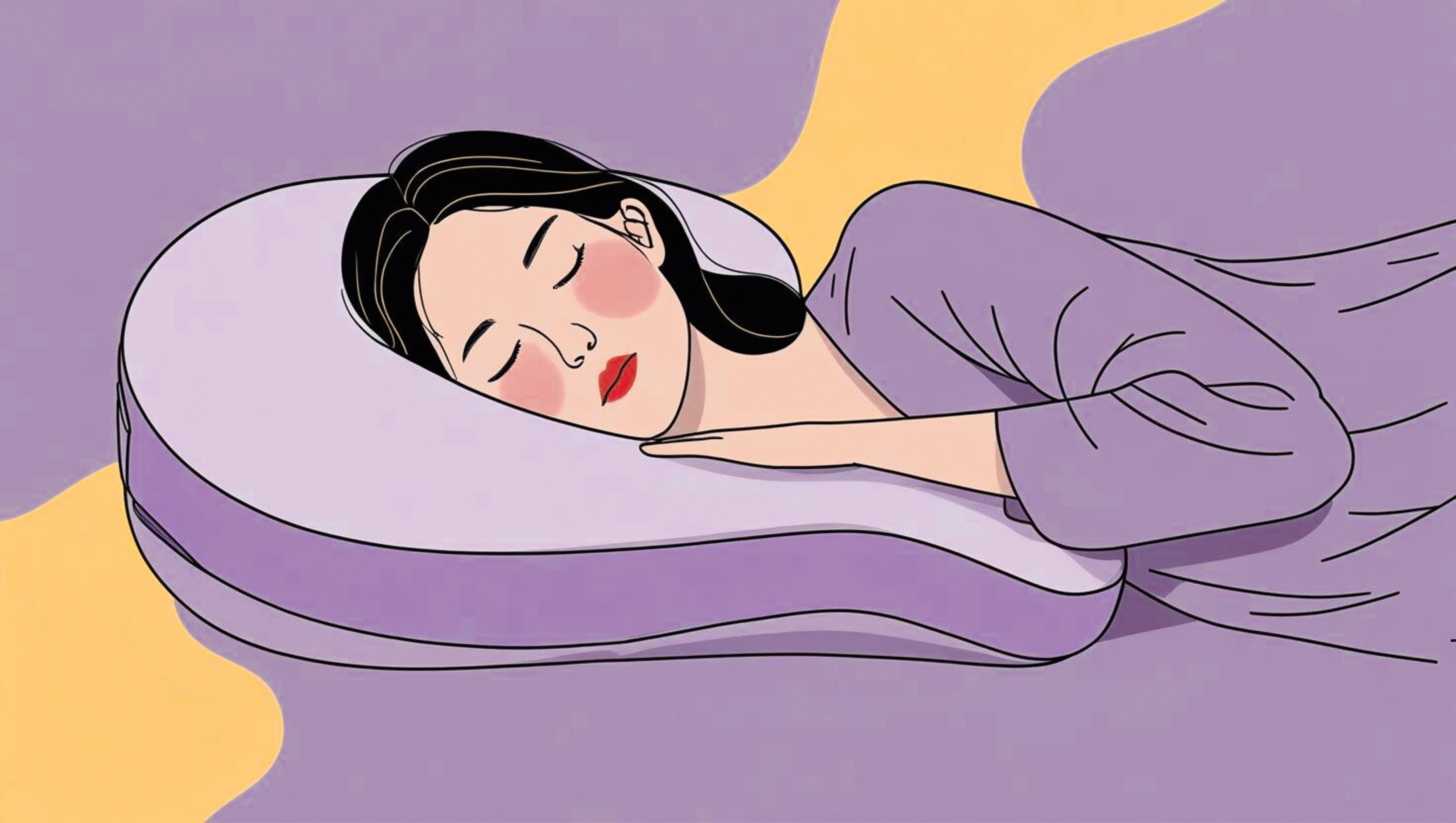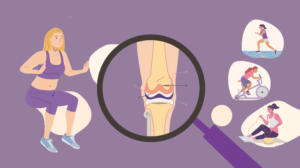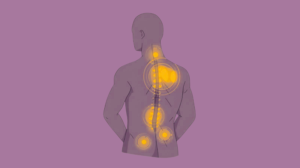A good night’s sleep depends on more than just a comfortable mattress: it starts with the right pillow. Cervical pillows, designed to support the neck’s natural curvature, play a vital role in reducing neck pain and improving posture. For side and back sleepers, selecting the right cervical pillow can make all the difference between waking up refreshed and waking up with stiffness or pain.
Understanding your sleeping position and matching it with the right ergonomic support is essential. Whether you are dealing with chronic neck pain, recovering from an injury, or simply looking to enhance sleep quality, selecting the right pillow is a small but powerful step toward better health.
Why Sleep Position Matters When Choosing a Cervical Pillow
Sleep position has a direct impact on spinal alignment, especially in the neck and upper back region. Side sleepers typically need more loft and contour to bridge the gap between the shoulder and neck, while back sleepers require moderate support that cradles the cervical curve without pushing the head forward.
Key Differences Between Side and Back Sleepers’ Needs
- Side sleepers need firmer, higher pillows to keep the spine aligned and prevent the neck from bending unnaturally.
- Back sleepers require a pillow that supports the natural curve of the neck while keeping the head aligned with the spine.
Common Neck and Spine Issues Related to Sleeping Positions
Poor pillow support can lead to:
- Cervical strain
- Tension headaches
- Shoulder pain
- Misalignment of the cervical spine
- Interrupted sleep
Cervical pillows help mitigate these problems by maintaining a healthy alignment tailored to the sleeper’s position.
Features to Look for in a Cervical Pillow for Side Sleepers
Side sleepers often struggle with finding a pillow that offers both comfort and support. Here are the critical features to consider:
Firmness and Height Considerations
Side sleepers need a medium to high loft pillow to fill the space between the shoulder and head. Too low, and the head tilts downward; too high, and it cranes upward, both resulting in neck strain.
Shape and Contour for Side Sleepers
Look for a contoured cervical pillow that offers higher support under the neck and a recessed area for the head. Some models also include shoulder cutouts to reduce pressure on the upper body.
Materials That Offer Support and Comfort
- Memory foam cervical pillows mold to the neck and retain shape, providing consistent support.
- Latex pillows are firmer and more breathable.
- Orthopedic cervical pillows specifically target neck alignment and shoulder support.
Look for hypoallergenic materials if you have sensitivities or allergies.
Features to Look for in a Cervical Pillow for Back Sleepers
Back sleepers benefit from medium loft pillows that follow the neck’s natural curve.
Ideal Loft and Firmness
A low-to-medium loft is usually sufficient to maintain a neutral spine. Overly thick pillows can push the head forward, leading to discomfort or snoring.
Support for Natural Cervical Curve
A contoured design with a dip for the head and raised edges to support the neck is ideal. These ergonomic pillows maintain spinal alignment and relieve pressure from the base of the skull to the upper back.
Material Considerations
Back sleepers often do well with:
- Memory foam for consistent support
- Cooling gel-infused pillows for temperature regulation
- Adjustable fill pillows that allow customization of firmness
How to Test and Choose the Right Cervical Pillow
Selecting the right pillow is a personal process that depends on your body type, sleeping habits, and preferences.
Tips for Trying Pillows in Stores
- Lie down in your regular sleeping position when testing.
- Check for alignment from head to spine using a mirror or camera.
- Don’t rely solely on softness; support matters more.
Adjusting Loft and Firmness
Some cervical pillows offer adjustable inserts or layers, allowing you to customize the height. This is helpful if you’re transitioning from a regular pillow or if your needs change due to injury or posture improvements.
Considering Allergies and Materials
Opt for:
- Hypoallergenic covers and fill (like bamboo or organic cotton)
- Dust mite-resistant memory foam
- Washable pillowcases to reduce allergens
Benefits of Using the Right Cervical Pillow
- Improved cervical spine alignment
- Reduced neck and shoulder pain
- Better posture during sleep
- Fewer headaches and migraines
- Decreased snoring and airway obstruction
- Enhanced sleep quality and deeper rest
- Support during injury recovery or physical therapy
- Long-term spinal health benefits
- Reduced tossing and turning
- Better comfort and relaxation at night
Maintenance and Care Tips for Cervical Pillows
Proper care extends your pillow’s lifespan and ensures consistent support.
Cleaning and Replacing Pillows
- Use a removable, washable pillowcase.
- Spot clean memory foam only. Do not machine wash unless specified.
- Wash covers weekly to maintain hygiene.
Extending Pillow Life
- Rotate the pillow regularly to avoid uneven wear.
- Air out the pillow monthly to reduce odor and moisture buildup.
- Replace every 18 to 24 months or sooner if the shape degrades.
Conclusion
Choosing the right cervical pillow is not just about comfort; it’s a crucial investment in your spinal health, sleep quality, and overall well-being. For side sleepers, the right loft and contour are key, while back sleepers need a pillow that cradles the cervical curve gently. By understanding your sleep habits, testing pillows carefully, and maintaining them well, you can enjoy pain-free, restful nights.
FAQs
Can back sleepers benefit from using a cervical pillow?
Yes, cervical pillows support the neck’s natural curve, improving alignment and reducing stiffness in back sleepers.
How often should I replace my cervical pillow?
Every 18–24 months, or earlier if the pillow loses shape or support.
Are memory foam cervical pillows good for side sleepers?
Yes, memory foam conforms to the neck and shoulder contours, making it ideal for side sleepers.
How do I know if my cervical pillow is the right height?
Your neck should feel supported, and your head should be in line with your spine when lying in your usual sleep position.
Are cervical pillows suitable for people with allergies?
Yes, look for hypoallergenic and dust mite-resistant materials like bamboo covers or organic latex.
References
Kose, G., & Akin, S. (2020). The effects of pillow designs on neck pain, sleep quality and pillow comfort. Turkish Journal of Physical Medicine and Rehabilitation, 66(3), 275–281. https://doi.org/10.5606/tftrd.2020.4055
Gordon, S. J., Grimmer-Somers, K. A., & Trott, P. H. (2009). Pillow use: the behavior of cervical pain, sleep quality and pillow comfort in side sleepers. Manual Therapy, 14(6), 671–678. https://doi.org/10.1016/j.math.2008.09.002
Lavender, S. A., Mehta, R. K., & Shah, J. P. (2021). Understanding the role of sleep posture in neck pain. Journal of Bodywork and Movement Therapies, 26, 138–145. https://doi.org/10.1016/j.jbmt.2021.01.009























